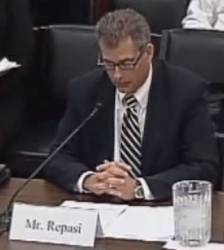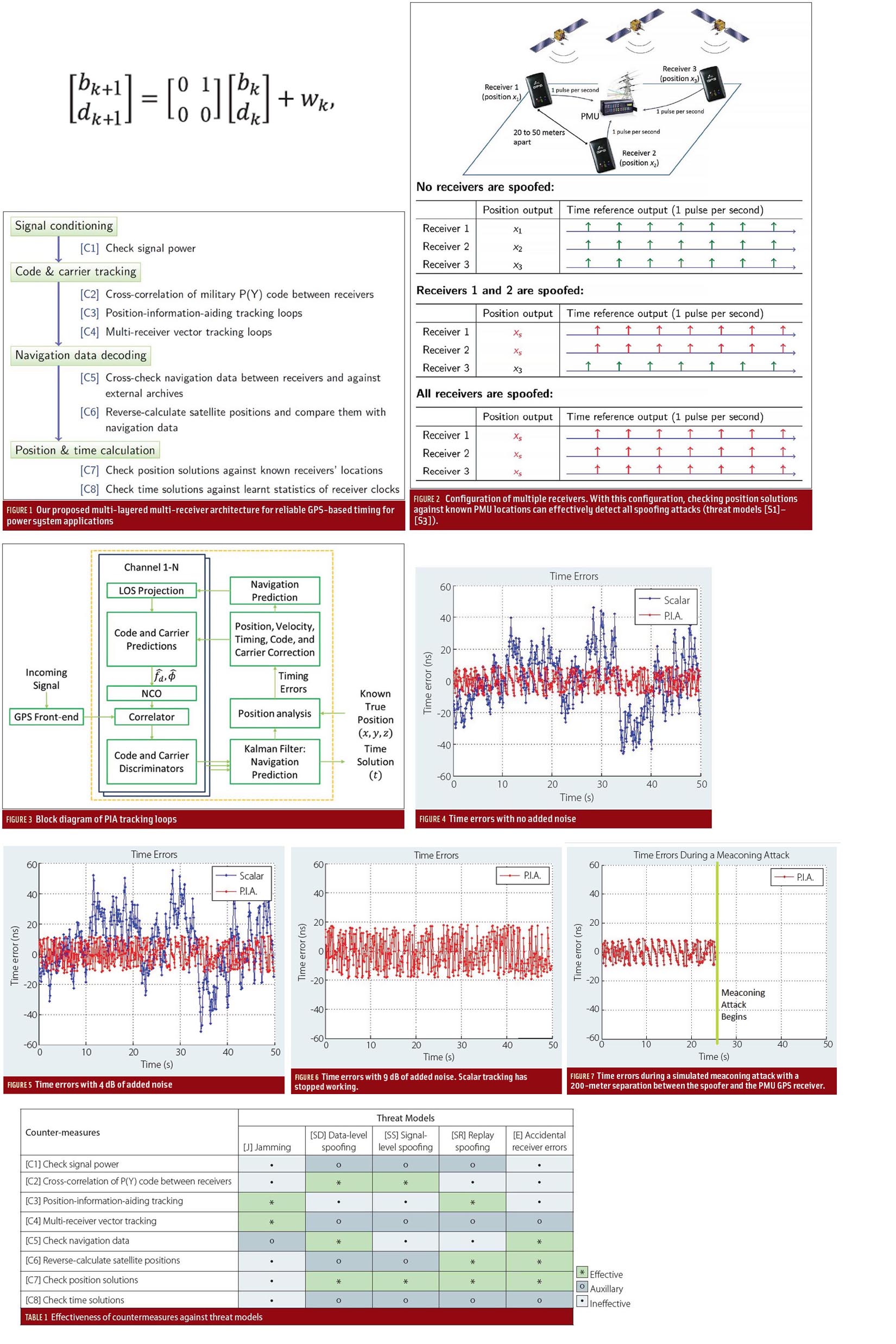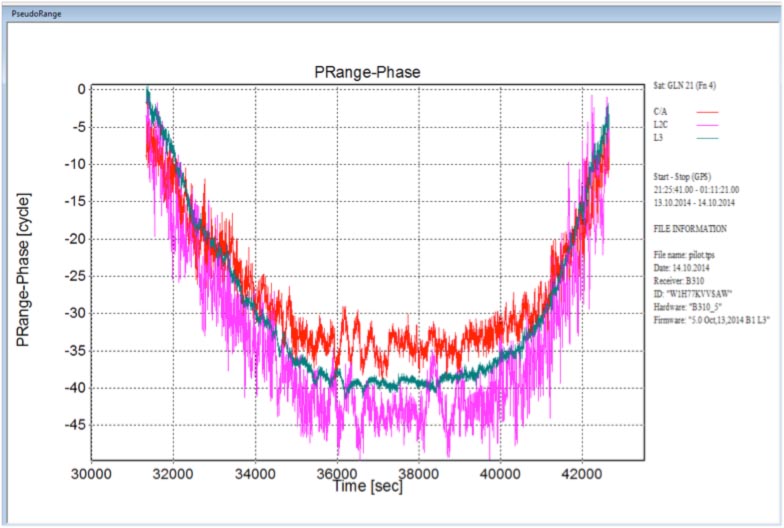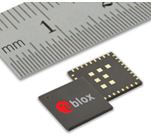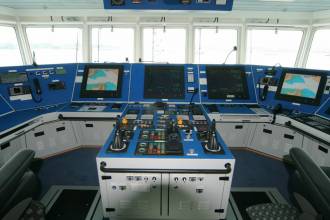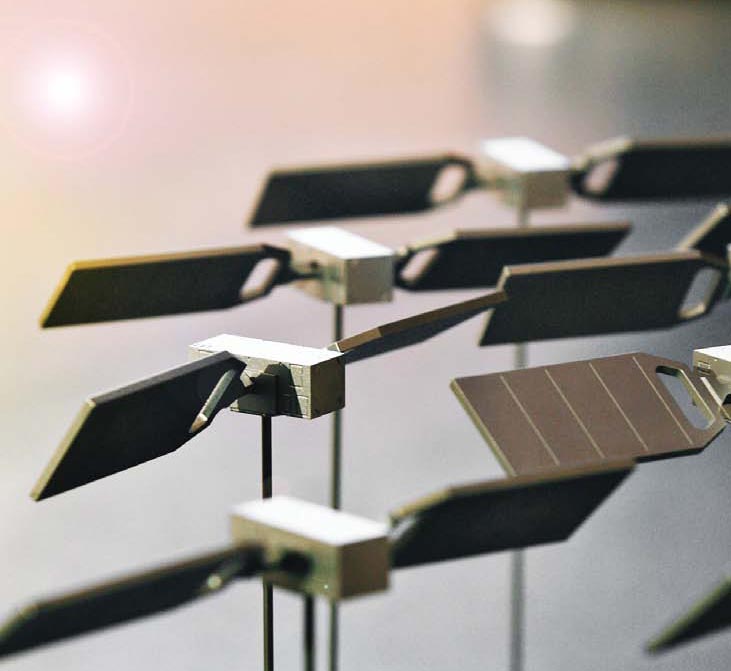Financial Networks Shifting to GPS-Stamped Precise Time
New competitive demands and regulatory requirements are driving financial firms around the world to use highly precise timestamps on incoming information and transactions, a trend likely to push firms to adopt a common time source like GPS.



